How Often Should Rigging Slings Be Inspected?
- By Hanes Supply
- Sep 12, 2025
- 0 Comments
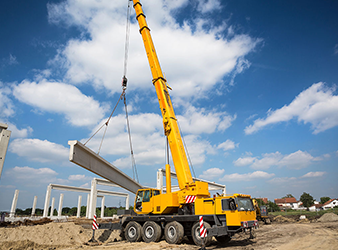
Ensuring the safety and reliability of rigging slings is paramount in industries that involve cargo lifting and material handling. Regular sling inspections are essential to identify wear and tear, damage, or defects that could compromise the safety of your entire operation. We'll outline the recommended inspection procedures and their frequency for rigging slings, drawing from authoritative sources, industry standards, and years of experience.
Different Types of Rigging Slings
When it comes to lifting and rigging heavy loads, choosing the right sling is essential for safety, efficiency, and load control. Different types of slings are designed with different applications in mind and understanding their strengths as well as their limitations goes a long way in accident prevention, and it ensures your operation goes on smoothly. Here are the most common types of rigging slings used in industrial and construction settings.
1. Wire Rope Slings
Wire rope slings are among the most durable and widely used lifting slings. They are made of steel wire strands twisted together, providing excellent resistance to abrasion, heat, and crushing forces. These slings are ideal for lifting heavy, rugged loads in construction, shipbuilding, and mining industries. However, they require regular inspection for broken wires, kinks, or corrosion to ensure safety.
2. Chain Slings
Chain slings, usually made from alloy steel chains, are highly durable, which makes them perfect for lifting irregular or sharp-edged loads. They are known for their ability to handle extremely high temperatures and heavy loads, which is why they’re very common in steel mills and foundries. However, chain slings require frequent inspections for wear, stretch, and cracks to maintain safety standards. In fact, it’s recommended that the chain sling be inspected every single day, preferably before the beginning of the shift, while a detailed inspection should be conducted once a year, according to OSHA.
3. Synthetic Slings (Nylon & Polyester)
Synthetic slings, made from nylon or polyester, are lightweight and flexible, making them a great choice for delicate or finished loads. Nylon slings offer elasticity and shock absorption, while polyester slings provide low stretch and better resistance to acidic compounds. They are widely used in manufacturing, transportation, and warehousing industries. However, they can be easily damaged by chemicals, UV exposure, sharp objects, high temperatures, and water.
Types of Sling Inspections
Rigging slings are subject to three primary types of inspections throughout their service life:
1. Initial Inspection
• Purpose: This inspection ensures that new or repaired slings meet the required specifications and are safe for use.
• Timing: It should be conducted right before the sling is placed into service.
• Conducted By: A designated person qualified to assess the sling's compliance with applicable standards.
2. Frequent Inspection
• Purpose: To detect any damage or deterioration from regular use.
• Timing: Daily or before each shift in normal service conditions; before each use in severe service conditions.
• Conducted By: The user or another designated person qualified to assess the sling’s condition.
3. Periodic Inspection
• Purpose: A thorough examination to assess the sling's condition over a longer time period.
• Timing: Intervals not exceeding one year; more frequent intervals (monthly to quarterly) in severe service conditions.
• Conducted By: A designated person other than the one performing frequent inspections.
OSHA's guidelines outline these inspection types, which are further detailed by industry standards such as those from the Web Sling and Tie Down Association (WSTDA).
Factors Influencing Sling Inspection Frequency
The frequency of inspections depends on several factors:
• Frequency of Use: Slings used more often should also be inspected more often - slings that are in daily use go through more wear and tear than slings that are used once a week.
• Severity of Service Conditions: Exposure to harsh environments, extreme temperatures, or chemical exposure necessitates more frequent checks.
• Nature of Lifts: Complex or critical lifts may require additional scrutiny, as the cargo itself may damage the sling.
• Experience with Similar Equipment: Historical data on similar slings and their usage can tell you more about inspection frequency.
These considerations align with recommendations from OSHA and ASME standards.
Sling Inspection Procedures
During inspections, the following criteria should be evaluated:
Sling Identification
Ensure all slings have legible and permanent identification tags (which should include the manufacturer’s name, rated load, diameter or size, and the number of legs if there’s more than one).
Physical Damage
Look for cuts, abrasions, burns, or signs of chemical damage. Perform a visual inspection and clean dirt and grime if necessary. Make sure to wear gloves when inspecting a wire rope sling as a wire strand can easily break the skin.
Hardware Condition
Examine fittings, hooks, and other components for wear and tear, deformation, or corrosion.
Elongation or Stretching
Check for any distortion indicating overloading - this is more common with nylon and polyester slings as they have the smallest loading capacity and can crack open under too much weight - make sure to inspect for broken or worn stitches.
If you notice any of these issues on any of your slings, you should remove it from service immediately. Detailed inspection guidelines are available in OSHA guidelines and ASME B30.9 safety standards.
Documentation and Record-Keeping of Sling Inspections
Maintaining accurate records of periodic sling inspections is crucial for compliance and safety:
• Documentation: Record the inspection date, the inspector's name, sling identification, and the condition of the sling.
• Retention: Keep records for each sling, noting any repairs or removals from service.
While OSHA does not mandate record-keeping for frequent inspections, periodic inspections should be documented per ASME guidelines.
Maintain Regular and Thorough Inspections
Regular and thorough inspections of rigging slings are vital for ensuring the safety of lifting operations. By adhering to established guidelines for initial, frequent, and periodic inspections, and considering factors such as usage frequency and service conditions, organizations can maintain the integrity of their lifting equipment and safeguard their workforce. Safety should always be the top priority in any industry, especially when working with extremely heavy cargo.
For detailed information on inspection criteria and procedures, refer to OSHA standards on sling use.



















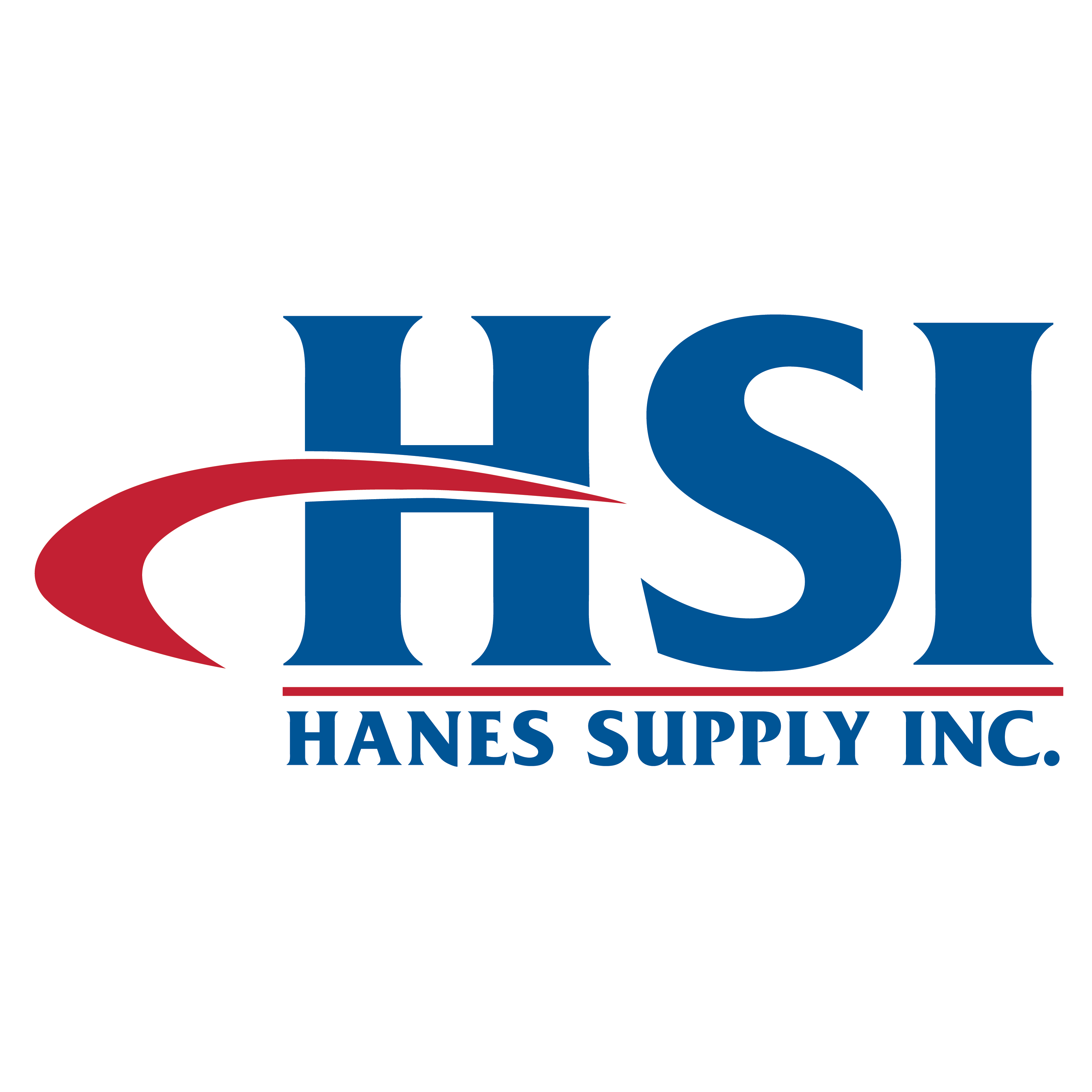


















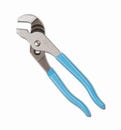 Channellock® 426 Tongue and Groove Plier, 7/8 in Nominal, 3/4 in L C1080 High Carbon Steel Straight Jaw, 6-1/2 in OAL
Channellock® 426 Tongue and Groove Plier, 7/8 in Nominal, 3/4 in L C1080 High Carbon Steel Straight Jaw, 6-1/2 in OAL
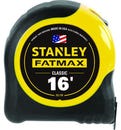 Stanley® 33-716 FatMax® Reinforced Tape Rule with BladeArmor®, 16 ft L x 1-1/4 in W Blade, Mylar® Polyester Film Blade
Stanley® 33-716 FatMax® Reinforced Tape Rule with BladeArmor®, 16 ft L x 1-1/4 in W Blade, Mylar® Polyester Film Blade
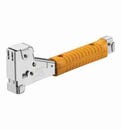 Arrow™ HT50 Professional Heavy Duty Tomahawk Hammer Tacker, Flat Crown Staple
Arrow™ HT50 Professional Heavy Duty Tomahawk Hammer Tacker, Flat Crown Staple
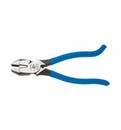 Klein® D2000-9ST 2000 Heavy Duty Rebar Work Cutting Plier, 9-3/8 in OAL
Klein® D2000-9ST 2000 Heavy Duty Rebar Work Cutting Plier, 9-3/8 in OAL
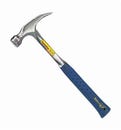 Estwing® E324S Framing Hammer, 16 in OAL, Smooth Surface, 24 oz Steel Head, Straight Claw, Steel Handle
Estwing® E324S Framing Hammer, 16 in OAL, Smooth Surface, 24 oz Steel Head, Straight Claw, Steel Handle
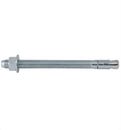 DeWALT® Power-Stud®+ Powers® 7449SD1-PWR Expansion Wedge Anchor, 3/4 in dia, 10 in OAL, 7-1/2 in L Thread, Carbon Steel, Zinc Plated
DeWALT® Power-Stud®+ Powers® 7449SD1-PWR Expansion Wedge Anchor, 3/4 in dia, 10 in OAL, 7-1/2 in L Thread, Carbon Steel, Zinc Plated
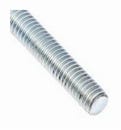 BBI® 777037 All Threaded Rod, 3/8-16, 12 ft OAL, Steel Alloy
BBI® 777037 All Threaded Rod, 3/8-16, 12 ft OAL, Steel Alloy
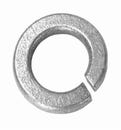 BBI® 754072 Medium Split Lock Washer, 1/2 in Nominal, 18-8 SS
BBI® 754072 Medium Split Lock Washer, 1/2 in Nominal, 18-8 SS
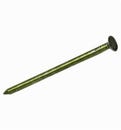 Primesource® 8CTDSKR Sinker Nail, 17/64 in, 2-3/8 in L, 9 ga, Vinyl Coated, Smooth Shank
Primesource® 8CTDSKR Sinker Nail, 17/64 in, 2-3/8 in L, 9 ga, Vinyl Coated, Smooth Shank
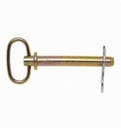 Campbell® T3899724 Hitch Pin, 1/2 in dia, 4-1/4 in L Usable, Forged Steel, Zinc Plated with Yellow Chromate, 5 Grade
Campbell® T3899724 Hitch Pin, 1/2 in dia, 4-1/4 in L Usable, Forged Steel, Zinc Plated with Yellow Chromate, 5 Grade


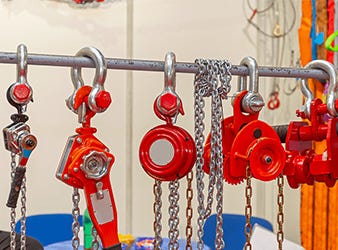
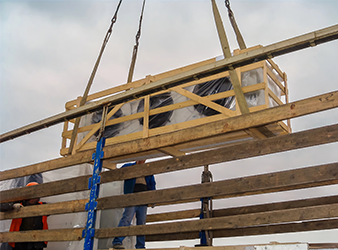
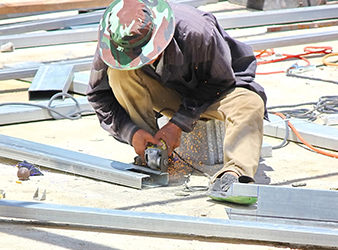
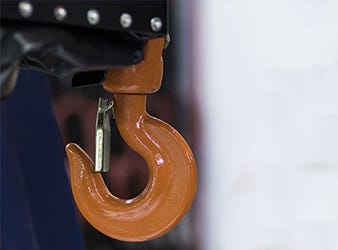
Comments (0)